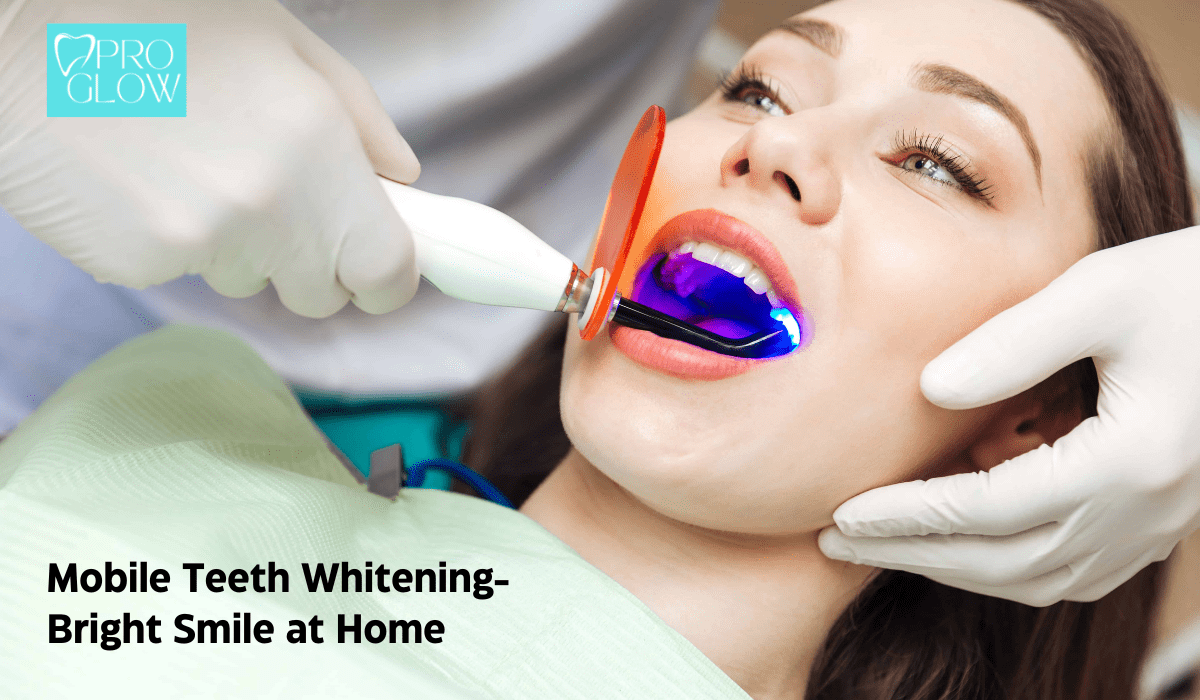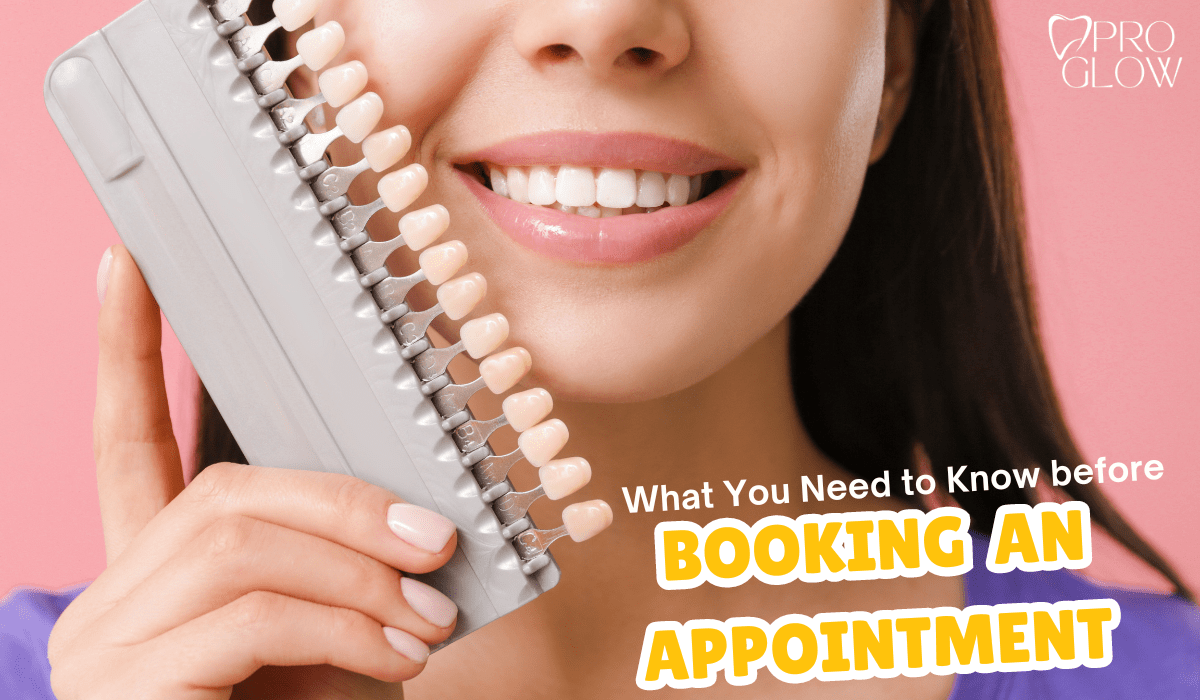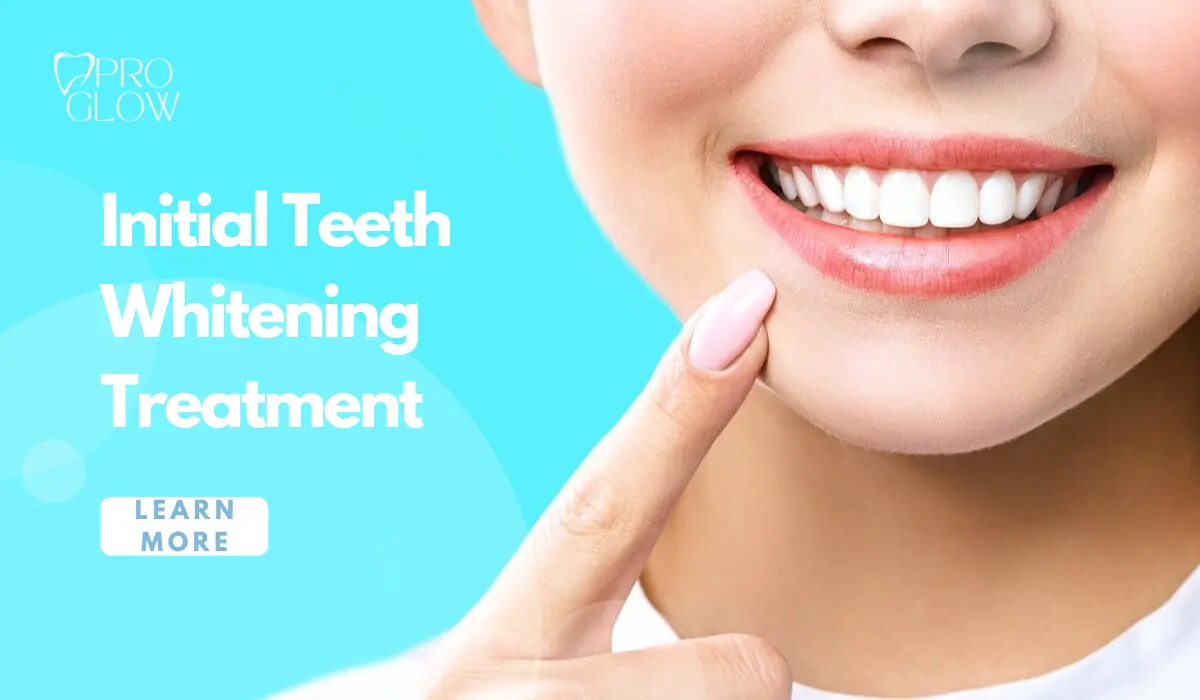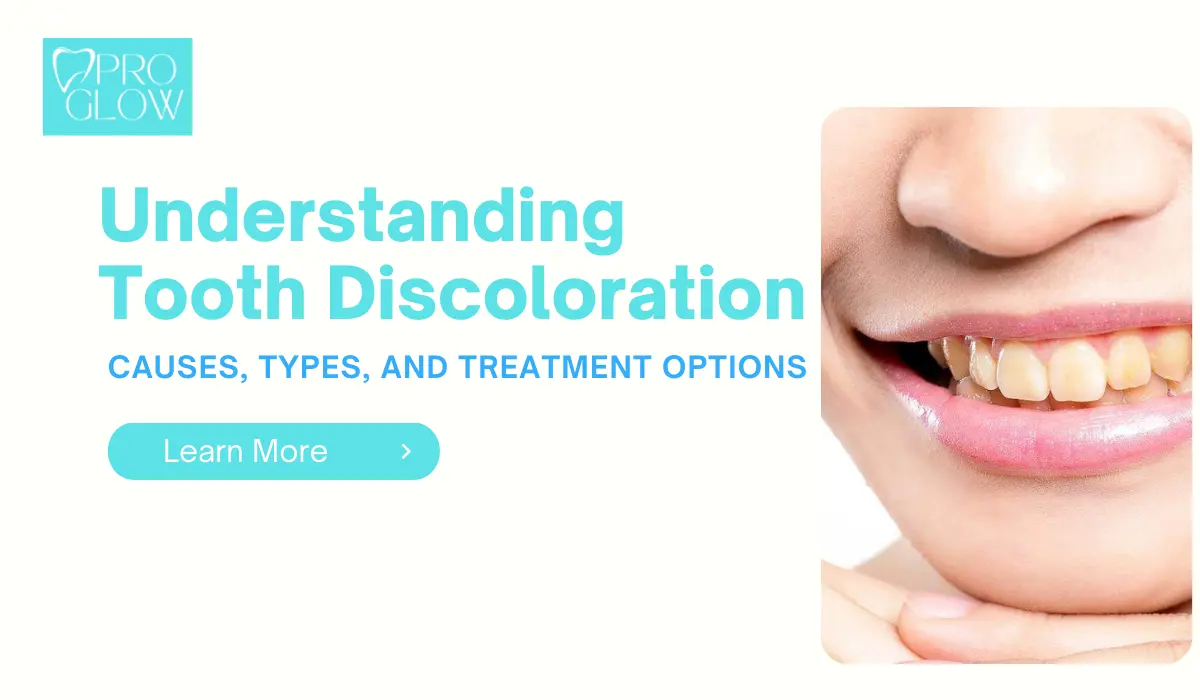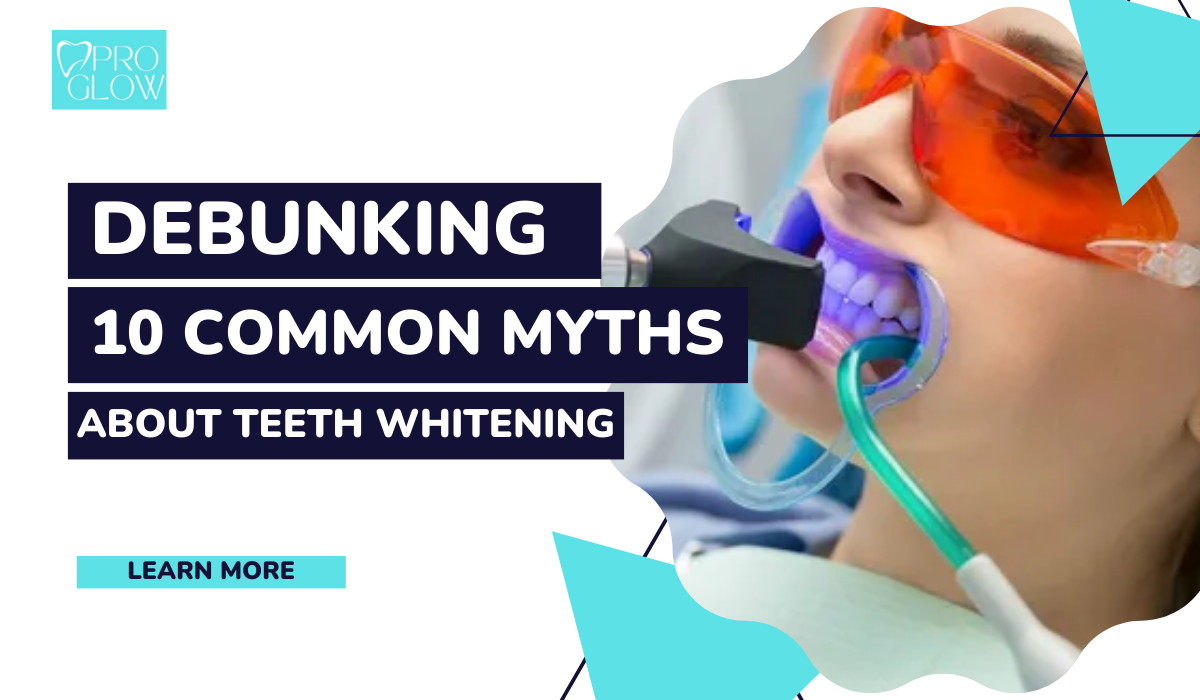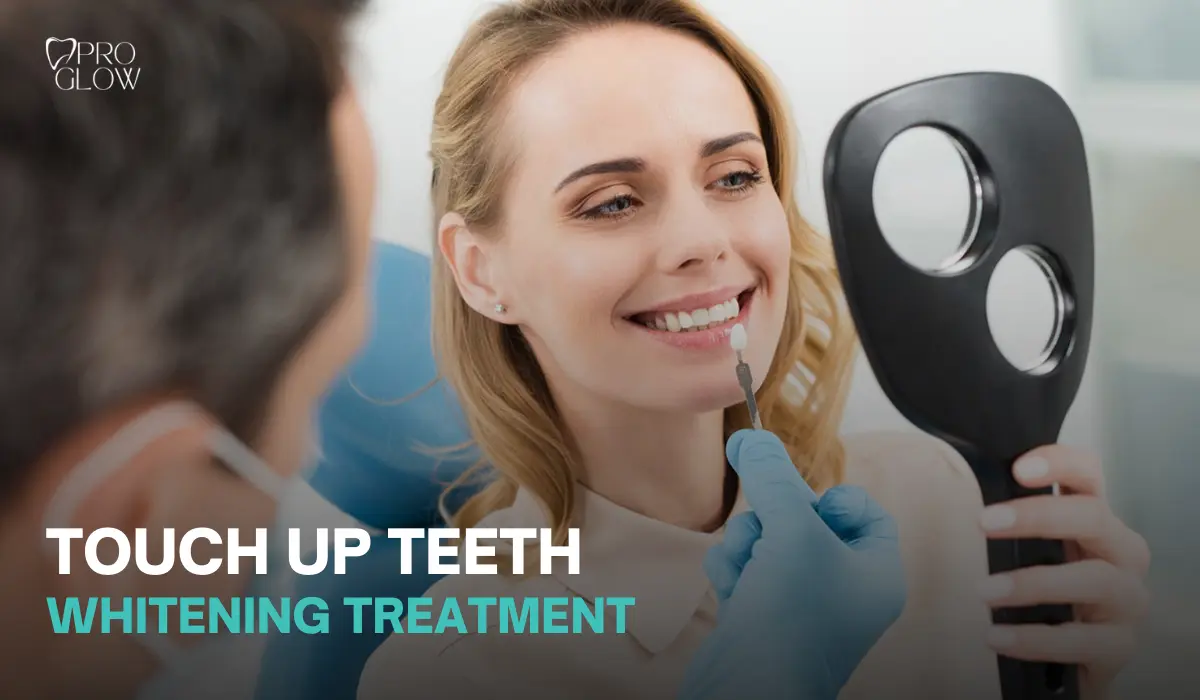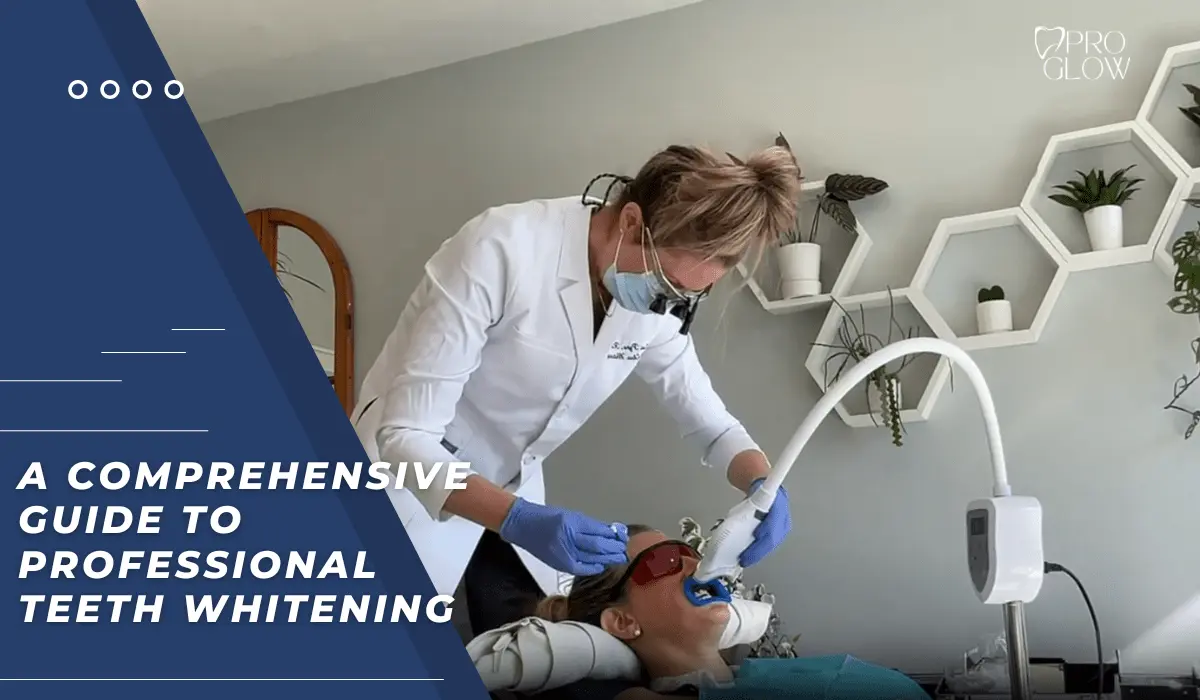In today’s fast-paced world, convenience is a key factor in choosing any service. With busy schedules and numerous commitments, finding time for self-care can be challenging. However, when it comes to achieving a bright, confident smile, convenience and effectiveness should not be compromised. This is where mobile teeth whitening services come into play, particularly in a bustling city like Toronto. Mobile teeth whitening offers the perfect solution by bringing professional dental care to your doorstep. Let’s explore how this innovative service works and why it’s becoming increasingly popular.
The Convenience of Mobile Teeth Whitening
Mobile teeth whitening is a revolutionary service designed to provide professional-grade teeth whitening treatments in the comfort of your own home, office, or any location of your choice. In a city like Toronto, where time is precious, mobile teeth whitening ensures that you can achieve a dazzling smile without disrupting your busy schedule.
The process is simple and straightforward. Once you book an appointment, a trained dental professional equipped with all necessary tools and products will visit your preferred location. The treatment itself typically takes about an hour, making it easy to fit into a lunch break or between meetings. With mobile teeth whitening, you no longer have to spend time commuting to a dental office or waiting for your turn. Instead, the service comes to you, providing a seamless and stress-free experience.
Professional-Grade Results
One of the main advantages of mobile teeth whitening is that it offers the same high-quality results as in-office treatments. Mobile teeth whitening services in Toronto use advanced whitening products and equipment that are comparable to those found in dental clinics. These professional-grade products ensure effective stain removal and noticeable whitening, providing results that far surpass over-the-counter whitening kits.
The treatment is administered by qualified professionals who have the expertise to tailor the procedure to your specific needs. This personalized approach ensures optimal results while minimizing the risk of sensitivity or other side effects. By choosing mobile teeth whitening in Toronto, you can enjoy the benefits of professional dental care with the added convenience of at-home service.
A Boost in Confidence
A bright, white smile can significantly boost your confidence and enhance your overall appearance. Whether you have an important event coming up or simply want to feel better about your smile, mobile teeth whitening can provide the quick and effective results you desire. The convenience of the service means you can schedule a treatment at your convenience, ensuring that you always look and feel your best.
Teeth Whitening Toronto: A Growing Trend
The demand for teeth whitening in Toronto is on the rise, with many individuals seeking ways to improve their smile. Mobile teeth whitening addresses this demand by offering a service that combines professional expertise with convenience. As more people become aware of the benefits of mobile teeth whitening, it is quickly becoming a preferred option for those looking to enhance their smile without the hassle of traditional dental visits.
Conclusion
Mobile teeth whitening in Toronto represents the perfect blend of convenience, effectiveness, and professional care. By bringing the treatment to your doorstep, it eliminates the need for time-consuming trips to the dentist, making it an ideal choice for busy individuals. With professional-grade results and a personalized approach, mobile teeth whitening ensures that you can achieve a bright, confident smile on your terms. If you’re in Toronto and looking for a convenient way to enhance your smile, consider booking a mobile teeth whitening service and experience the benefits of this innovative dental care solution.

